The Salem Witch Trials remain a captivating and tragic chapter in American history. Historians provide a comprehensive understanding of this dark period by examining the historical context, debunking common misconceptions, and exploring the role of mass hysteria, religious fervor, and the use of dubious evidence. They shed light on the deplorable conditions and harsh treatment faced by the accused within the Salem Witch Gaol and the Old County Jail. By honoring the victims at the Salem Witch Trials Memorial, historians aim to raise awareness about the dangers of religious intolerance and the devastating impact of unfounded accusations and abuse of power. Delving deeper into this historical narrative could uncover a harrowing, yet essential, lesson for the modern era.
Key Points
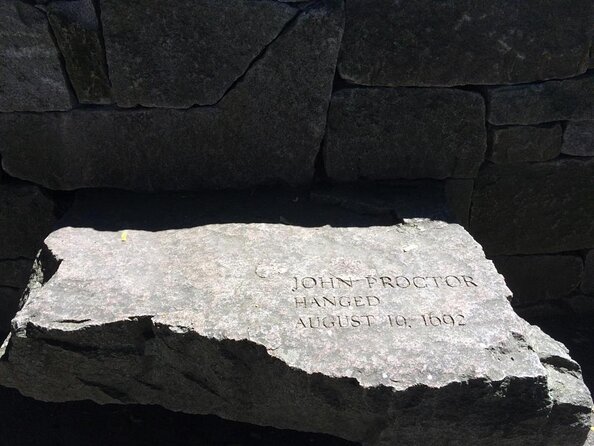
-
Provide historical context and analysis of the factors that led to the Salem witch trials, including religious fervor, mass hysteria, and misunderstanding of witchcraft.
-
Debunk common misconceptions about the trials being a unified effort by colonial authorities, highlighting the complex and chaotic nature of the proceedings.
-
Examine the use of dubious evidence, coerced confessions, and the tragic outcomes of the trials, emphasizing the dangers of religious intolerance and the abuse of power.
-
Explore the central role of the Salem Witch Gaol and the Old County Jail in housing the accused witches, detailing the deplorable conditions and harsh treatment faced by the prisoners.
-
Explore the stories and backgrounds of the victims of the Salem witch trials, honoring their memory and the lasting impact of this dark chapter in history.
Witch Trial Realities
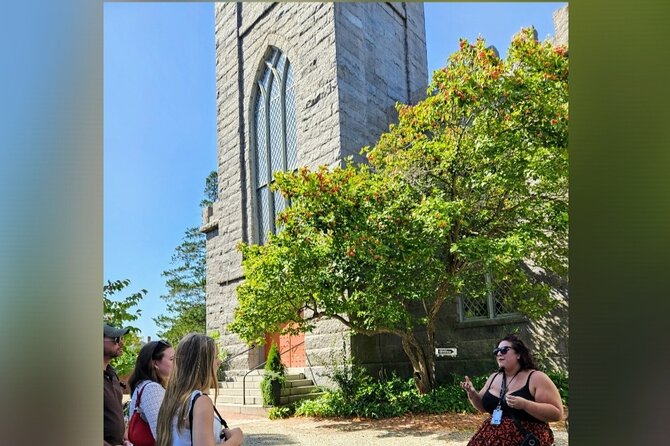
Understanding the realities of the Salem witch trials is crucial for contextualizing this dark chapter in history. The trials, which took place from 1692 to 1693 in colonial Massachusetts, were marked by mass hysteria, religious fervor, and a profound misunderstanding of the nature of witchcraft.
Contrary to popular depictions, the trials weren’t the result of a unified effort by the colonial authorities. Instead, they emerged from a complex web of social, political, and religious tensions that had been brewing for years.
The trials were characterized by dubious evidence, coerced confessions, and the execution of 19 accused witches, as well as the imprisonment of hundreds more. Ultimately, the Salem witch trials serve as a cautionary tale about the dangers of religious intolerance and the power of fear to distort justice.
Loving the local insights? Here are more guided experiences we recommend in Salem
Salem Witch Gaol
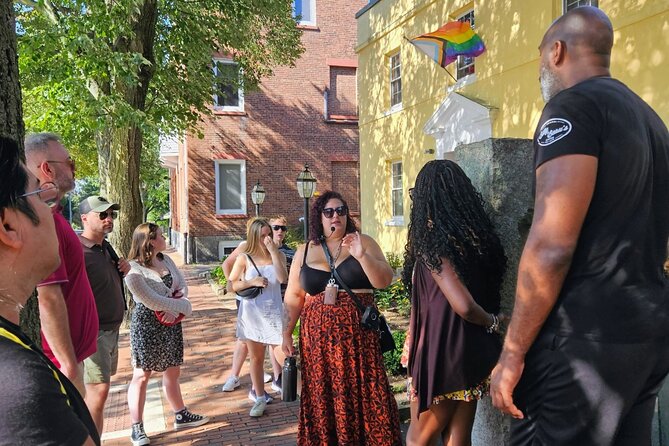
The Salem Witch Gaol, also known as the Old Witch Jail, held many of the accused witches during the Salem witch trials of 1692-1693.
It served as a grim and overcrowded prison, where conditions were deplorable, and prisoners faced harsh treatment and deprivation.
The Gaol played a central role in the trials, as it was from this infamous location that the accused were transported to their public executions.
The facility was a small, two-story wooden structure, with cramped and unsanitary cells. Many inmates suffered from starvation, disease, and abuse during their confinement.
The Gaol stands as a haunting reminder of the tragic consequences of the witch trials, and the inhumane treatment endured by the accused.
Old County Jail
Alongside the Salem Witch Gaol, the Old County Jail played a central role in the Salem witch trials, housing many of the accused witches during the 1692-1693 events.
The jail, located in the heart of Salem, served as a makeshift prison for those charged with witchcraft. Conditions inside were harsh, with the accused crammed into small, damp cells and subjected to poor sanitation and meager food.
Many of the accused spent months, even years, awaiting their trials, with some succumbing to the harsh conditions. The jail’s grim legacy remains an enduring symbol of the tragedy and injustice of the Salem witch trials, a sobering reminder of the consequences of fear, intolerance, and the abuse of power.
Victims of the Trials
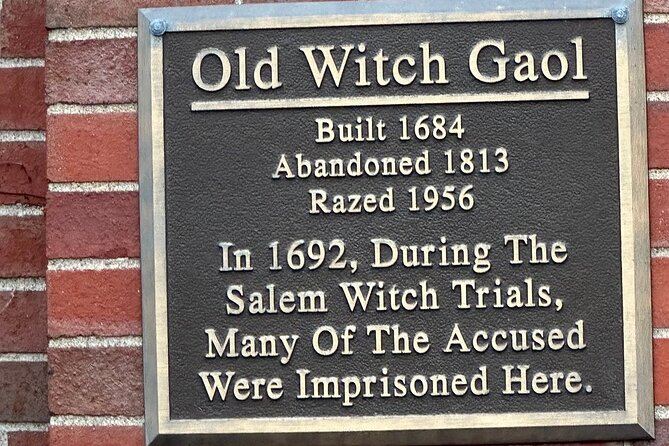
Ultimately, the Salem witch trials claimed the lives of 20 accused witches, who were hanged for their supposed crimes.
Many more were imprisoned, subjected to harsh conditions, and coerced into false confessions, with some perishing behind bars.
The victims came from all walks of life, including respected members of the community, the elderly, and even children, underscoring the indiscriminate nature of the hysteria that gripped Salem during this dark chapter in history.
Among the most famous victims were Rebecca Nurse, a pious, elderly woman; Giles Corey, who refused to enter a plea and was crushed to death; and the four-year-old child Dorothy Good, who was imprisoned for over a year.
The trials’ victims serve as a sobering reminder of the devastating consequences of unfounded accusations and mass hysteria.
Captain William Driver Park
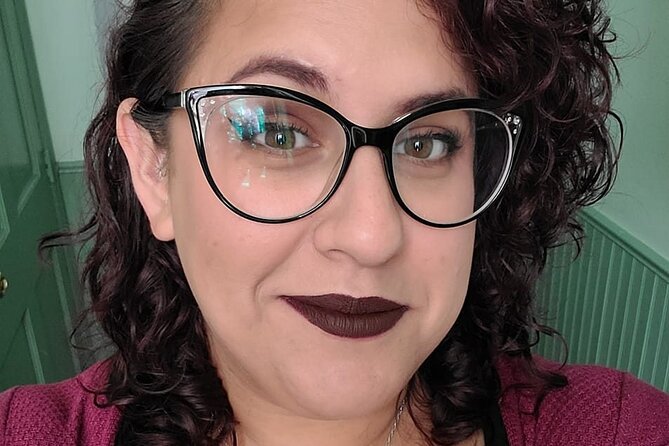
Captain William Driver Park, located across from the Witch House, serves as the starting point for the historians’ guided tour exploring the dark history of the Salem witch trials.
This scenic park provides a peaceful setting for the tour’s introduction to the grim realities of the past. Visitors gather here before setting off to uncover the facts behind the infamous witch trials.
The guide will use this location to provide context and set the tone, preparing attendees for the somber yet enlightening journey ahead.
With its convenient location and welcoming atmosphere, Captain William Driver Park sets the stage for an impactful and informative exploration of Salem’s tragic history.
- Wicked Awesome Tours: Witch Trial History and Salem Haunts!
- Salem Hocus Pocus Movie Locations Tour (31st Anniversary)
- Triple Threat Combo Pass: 3 TOURS (3:30pm, 5pm, & 7pm or 8:30pm)
- Requiem for Salem Walking Ghost Tour
- Salems Dark History & Witchcraft Hysteria Guided Walking Tour
- Black Cat Ghostly Night Tour in Salem
Salem Witch Trials Memorial
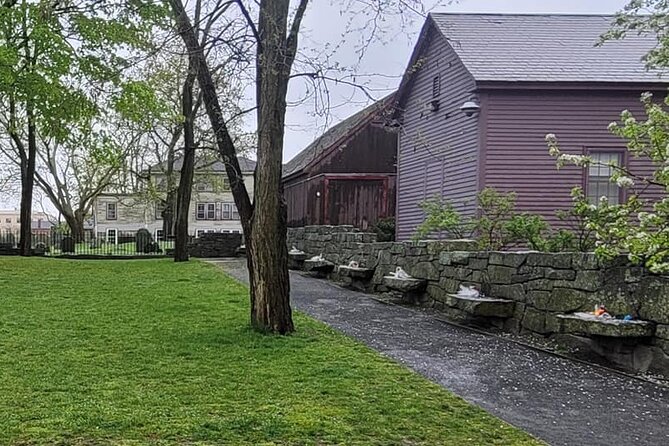
From the starting point at Captain William Driver Park, the tour continues on to the Salem Witch Trials Memorial, where the guide will discuss the tragic fates of the victims of the witch trials.
The memorial, dedicated in 1992, honors the 20 people executed and the hundreds more accused during the 1692-1693 Salem witch trials. Visitors can reflect on:
- The heartbreak of innocent lives lost to unfounded accusations
- The injustice of a legal system that failed to protect the rights of the accused
The scars left on the Salem community by the trials’ devastating aftermath.
The need to remain vigilant against the dangers of mass hysteria and intolerance.
The hope that by remembering the past, we can work towards a more just and compassionate future.
Wheelchair Accessibility
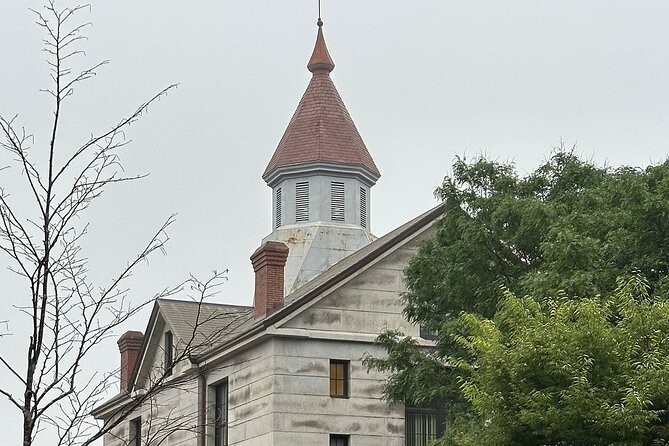
The tour’s wheelchair accessibility ensures that visitors of all abilities can participate in the exploration of Salem’s dark historical legacy. Transportation provided for the tour is also wheelchair-friendly, allowing seamless navigation throughout the experience.
The tour is fully wheelchair accessible, with the Salem Witch Trials Memorial and other key sites easily accessible for those using mobility aids. Service animals are welcome, and the tour’s proximity to public transportation options makes it convenient for a wide range of travelers.
This commitment to inclusivity allows everyone to engage with the profound history of the Salem witch trials, fostering a deeper understanding of this pivotal chapter in America’s past.
Booking and Cancellation
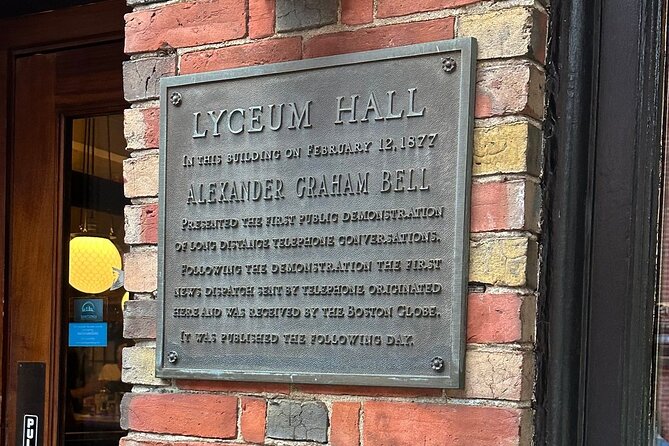
Travelers can receive confirmation of their booking at the time of purchase, and the tour operator offers free cancellation up to 24 hours before the experience starts. This policy provides customers with flexibility and peace of mind when planning their visit.
The tour’s booking and cancellation details are as follows:
- Convenient confirmation upon booking
- Free cancellation available up to a day in advance
- Hassle-free experience for last-minute changes
- Refund eligibility for those who need to cancel
- Simple and straightforward cancellation process
The tour’s transparent booking and cancellation terms make it easier for travelers to plan their trip and manage any unexpected circumstances that may arise. This level of customer service helps ensure a positive experience for all who participate in the Historians Guide to the Salem Witch Trials tour.
Frequently Asked Questions
What Were the Primary Causes of the Salem Witch Trials?
The primary causes of the Salem witch trials were a combination of religious fervor, social tensions, and a lack of understanding about mental illness and disease. Accusations often targeted marginalized members of the community.
How Many People Were Accused of Witchcraft During the Trials?
During the Salem witch trials, over 200 people were accused of witchcraft. Of those accused, 19 were hanged, 1 was pressed to death, and several others died in prison.
What Were the Methods Used to Determine Guilt During the Trials?
The trials used various methods to determine guilt, including spectral evidence (dreams/visions), confessions obtained through torture, and "touch tests" where the accused would be made to touch the afflicted person. These practices were controversial even during the time.
What Was the Role of the Clergy in the Salem Witch Trials?
The clergy played a central role in the Salem witch trials, as they often led the prosecution and interrogation of suspected witches. They used their religious authority to influence the court proceedings and justify the persecution of those accused.
How Did the Trials Impact the Local Community in Salem?
The Salem witch trials devastated the local community, dividing families, decimating the economy, and casting a pall of fear and distrust that lingered for decades. The trials’ impact on the social and civic fabric of Salem was profound and long-lasting.
Recap
The Salem Witch Trials remain a dark chapter in American history. Historians have worked to provide a thorough understanding of the trials, debunking myths and shedding light on the deplorable conditions faced by the accused.
By honoring the victims at the Salem Witch Trials Memorial, they aim to raise awareness about the dangers of religious intolerance and the devastating impact of unfounded accusations and abuse of power. The memorial’s accessibility ensures all can learn from this tragic episode.
More Guided Tours in Salem
- Self Guided Audio Tour Hawthornes Haunts Haunted Walking Tour Salem
- Self Guided Audio Tour Hawthornes Haunts Haunted Walking Tour Salem
- Salem Witch Trials Self Guided Tour With Interactive Trivia Quiz
- Salem Night Tour: Haunt and History Guided Night Tour
- Salem, MA: Mysteries & Murder Guided Walking Tour
- Salem, MA: History and Hauntings Guided Walking Tour
More Tour Reviews in Salem
Not for you? Here's more things to do in Salem we have recnetly reviewed
- 3 Best Cruises And Boat Tours In Salem
- Witch Costume Photo Shoot – Olde Salem Village Theatrical Set
- Salem Day Tour: Historical Witchcraft Hysteria Walking Tour
- Salems Only Jack – O – Lantern Festival
- A Ghost Hunting Tour Specters and Apparitions in Salem
- Spooky Ramen Tours by Allie DF Review
- Tales of Salem Halloween Guided Walking Tour Review
- Salem Witch Tour: A Comprehensive Review
- Salem, MA Scavenger Hunt
- Witch City Broom Making Workshop in Salem
- 2.5-Hour Salem History & Sightseeing Guided Walking Tour
- Boston Day Tour by Ferry: Salem Witch Trials Past to Present
